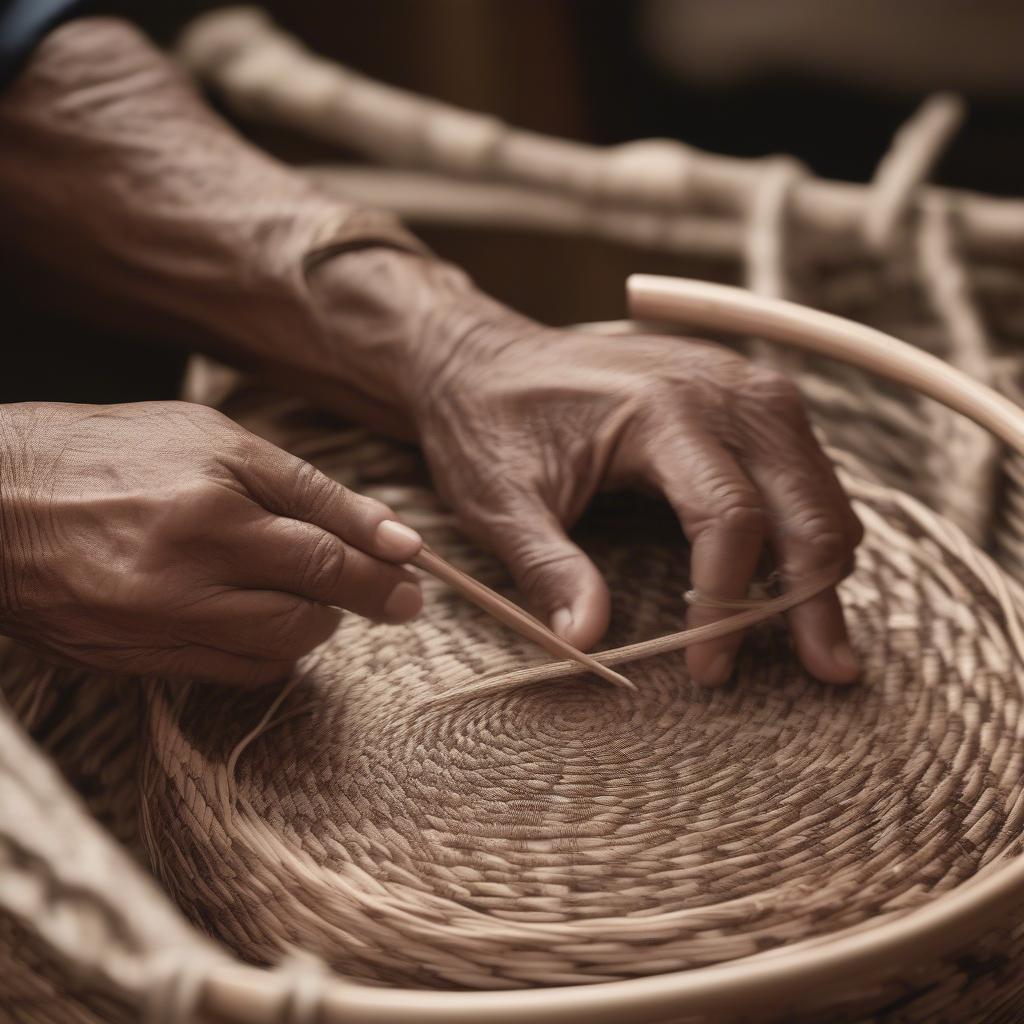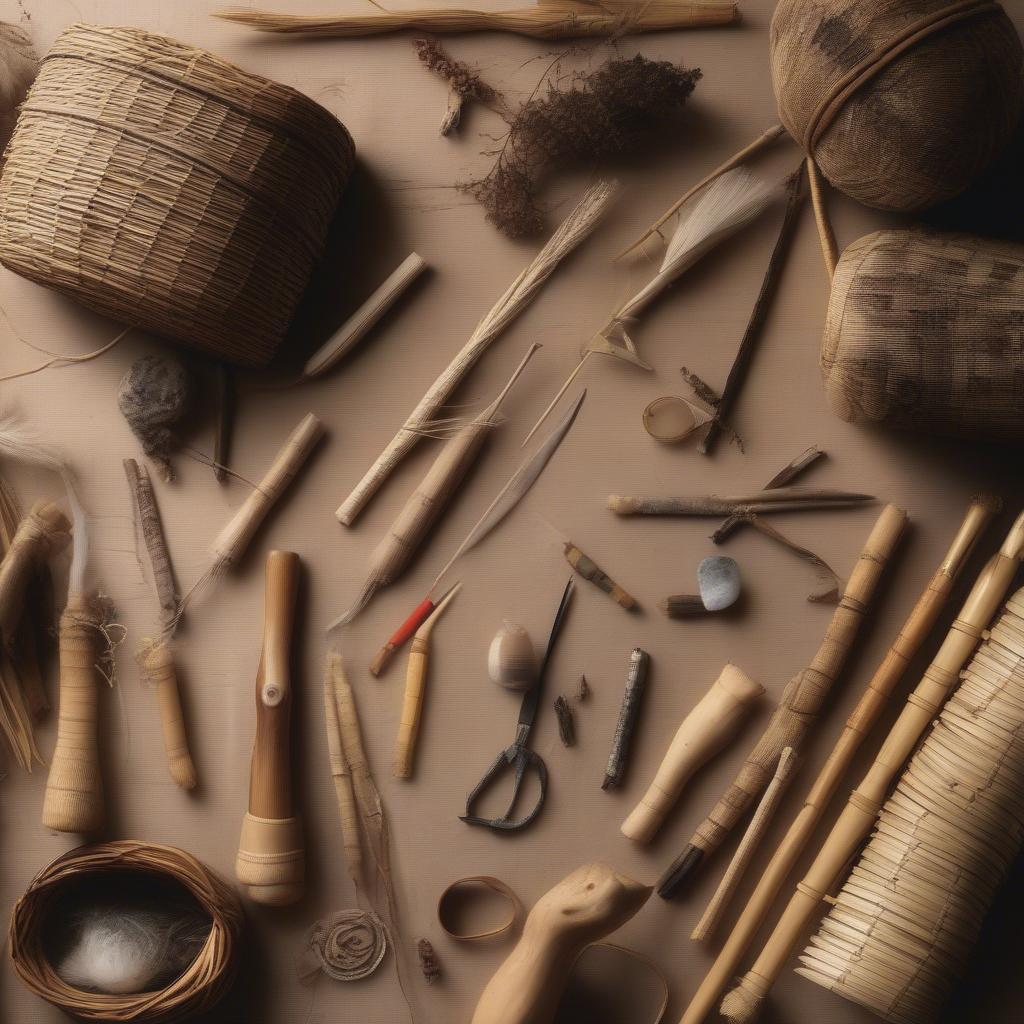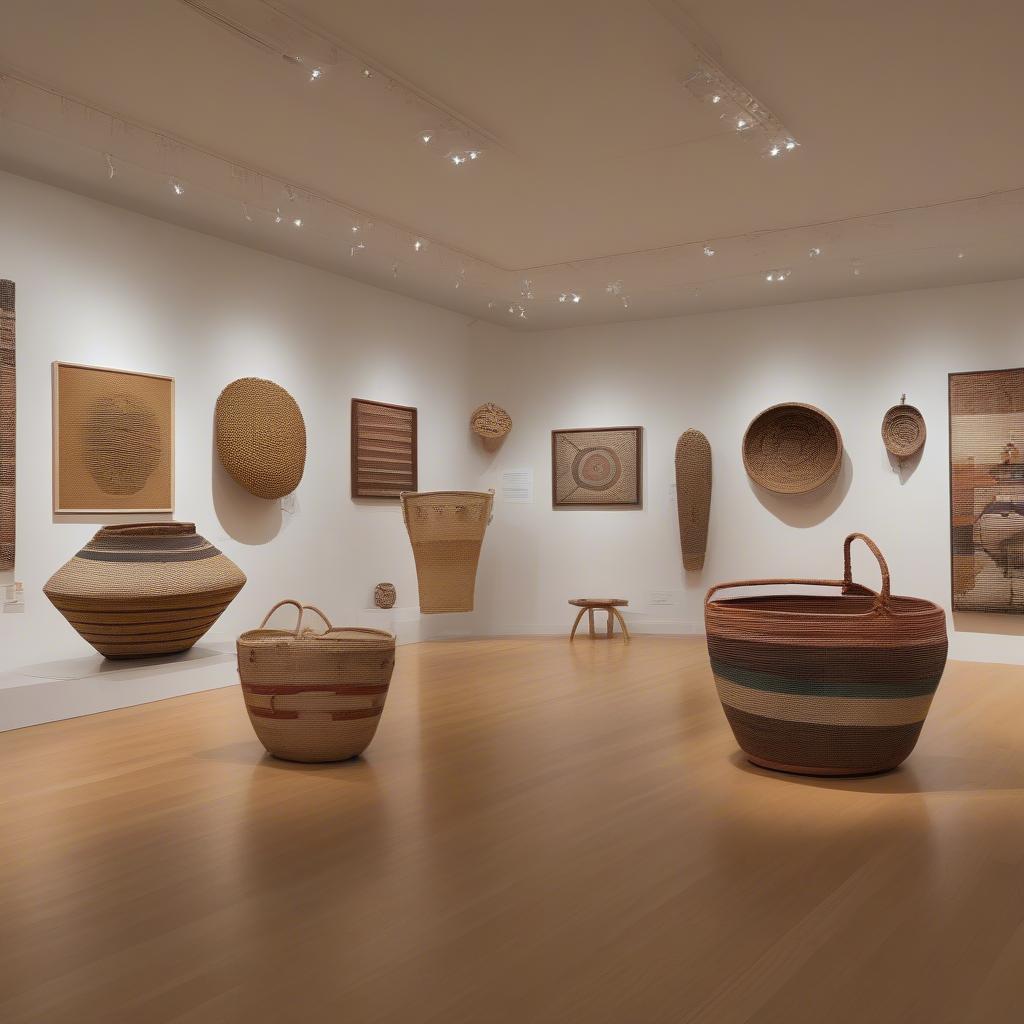Basket Weaving
Exploring the Art of Native Basket Weaving
Native Basket Weaving is more than just a craft; it’s a rich tapestry of cultural heritage, artistic expression, and practical functionality. From intricate designs passed down through generations to contemporary adaptations, native basket weaving continues to captivate and inspire. This article delves into the world of native basket weaving, exploring its history, techniques, materials, and cultural significance.
A Journey Through Time: The History of Native Basket Weaving
Basket weaving is one of humankind’s oldest crafts, predating pottery and even textiles. For indigenous communities around the world, baskets served as essential tools for gathering, storing, and transporting food, water, and other necessities. Beyond their practical uses, baskets also held deep cultural and spiritual significance, often incorporated into ceremonies, rituals, and storytelling. The unique weaving techniques and designs developed by different native cultures reflect their intimate relationship with their environment and their unique worldview.
 Native American basket weaving using traditional techniques
Native American basket weaving using traditional techniques
Materials and Techniques: The Essence of Native Basket Weaving
The materials used in native basket weaving are as diverse as the cultures that practice it. From willow and sweetgrass to cedar bark and pine needles, natural materials are carefully selected and prepared. Each material possesses unique properties that influence the basket’s durability, flexibility, and aesthetic appeal. Techniques vary widely, including coiling, twining, plaiting, and wickerwork. Each technique yields distinct patterns and textures, reflecting the ingenuity and artistry of the weaver.
Understanding the Nuances of Different Weaving Styles
Different weaving styles tell different stories. Coiling, for instance, creates a strong and sturdy basket, often used for carrying heavy loads. Twining produces a more flexible and open weave, ideal for baskets intended for filtering or ventilation. Plaiting, often used with wider materials, creates a visually striking, geometric pattern. Wickerwork, often used with rattan or willow, is known for its durability and intricate designs.
 Native basket weaving materials and tools laid out for a workshop
Native basket weaving materials and tools laid out for a workshop
The Cultural Significance of Native Basket Weaving
Native basket weaving is not merely a craft; it’s a living tradition that connects generations. The knowledge and skills are passed down from elders to younger members, ensuring the continuation of cultural heritage. Baskets are often imbued with symbolic meaning, representing the weaver’s connection to their ancestors, their community, and the natural world. In many cultures, baskets are also considered valuable trade items, playing a crucial role in the local economy.
Preserving Tradition in a Modern World
Today, native basket weaving faces challenges such as the loss of traditional knowledge and the increasing availability of mass-produced goods. However, many indigenous communities are actively working to revitalize and preserve their basket weaving traditions through workshops, apprenticeships, and cultural centers. These efforts not only preserve cultural heritage but also empower artisans and create economic opportunities.
 A contemporary exhibition of native basket weaving showcasing diverse styles and innovations
A contemporary exhibition of native basket weaving showcasing diverse styles and innovations
What are the common materials used in native basket weaving?
Common materials include willow, sweetgrass, cedar bark, pine needles, and rattan.
How long does it take to weave a native basket?
The time varies greatly depending on the size, complexity, and the weaver’s experience. It can range from a few hours to several months.
Where can I learn more about native basket weaving?
Many museums, cultural centers, and online resources offer information about native basket weaving techniques and traditions.
Conclusion
Native basket weaving is a testament to the ingenuity, artistry, and cultural richness of indigenous communities worldwide. By exploring its history, techniques, and cultural significance, we gain a deeper appreciation for this ancient craft and its enduring legacy. Learning about native basket weaving connects us to the past and inspires us to appreciate the beauty and resilience of handmade traditions.
FAQs
- What is the significance of native basket weaving? It represents cultural heritage, artistic expression, and practical skills.
- What materials are used in native basket weaving? Natural materials like willow, sweetgrass, cedar bark, and pine needles are commonly used.
- How are native basket weaving traditions being preserved? Through workshops, apprenticeships, and cultural centers.
- Where can I find native baskets? Museums, cultural centers, and online marketplaces often feature authentic native baskets.
- How can I learn native basket weaving? Look for workshops and classes offered by experienced artisans or cultural organizations.
- What are the different types of native basket weaving techniques? Coiling, twining, plaiting, and wickerwork are some common techniques.
- Why are native baskets valuable? They represent cultural heritage, artistic skill, and often involve labor-intensive processes.
Need assistance? Contact our 24/7 customer service at +84 388 951 999 or visit us at Hanoi, Vietnam or Tech Avenue, Suite 12, San Francisco, CA 94105, USA.
